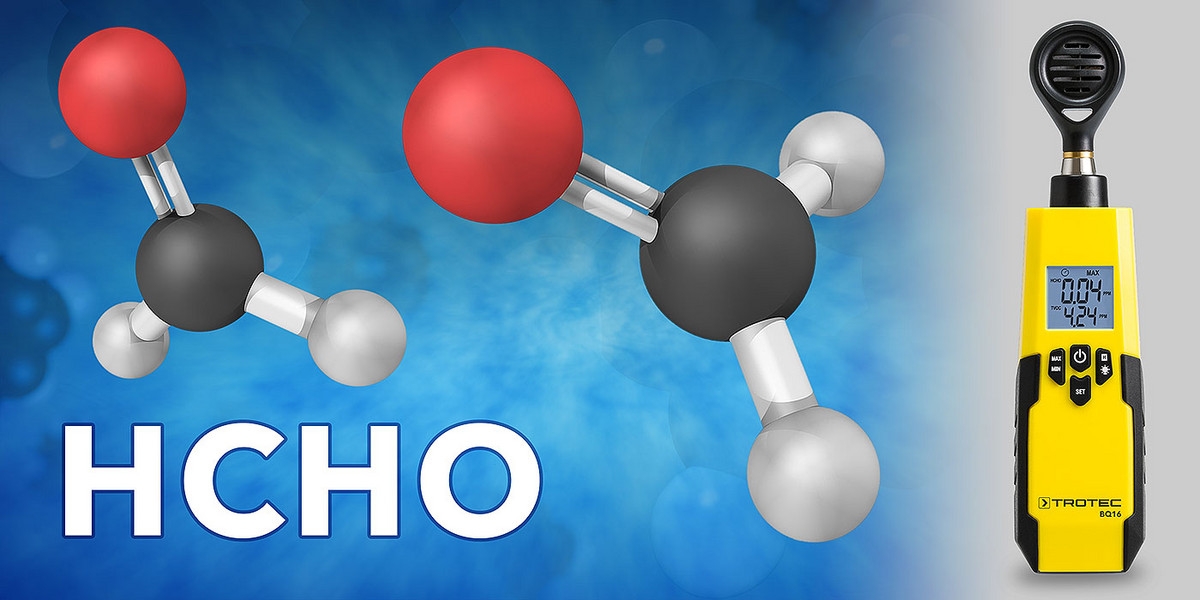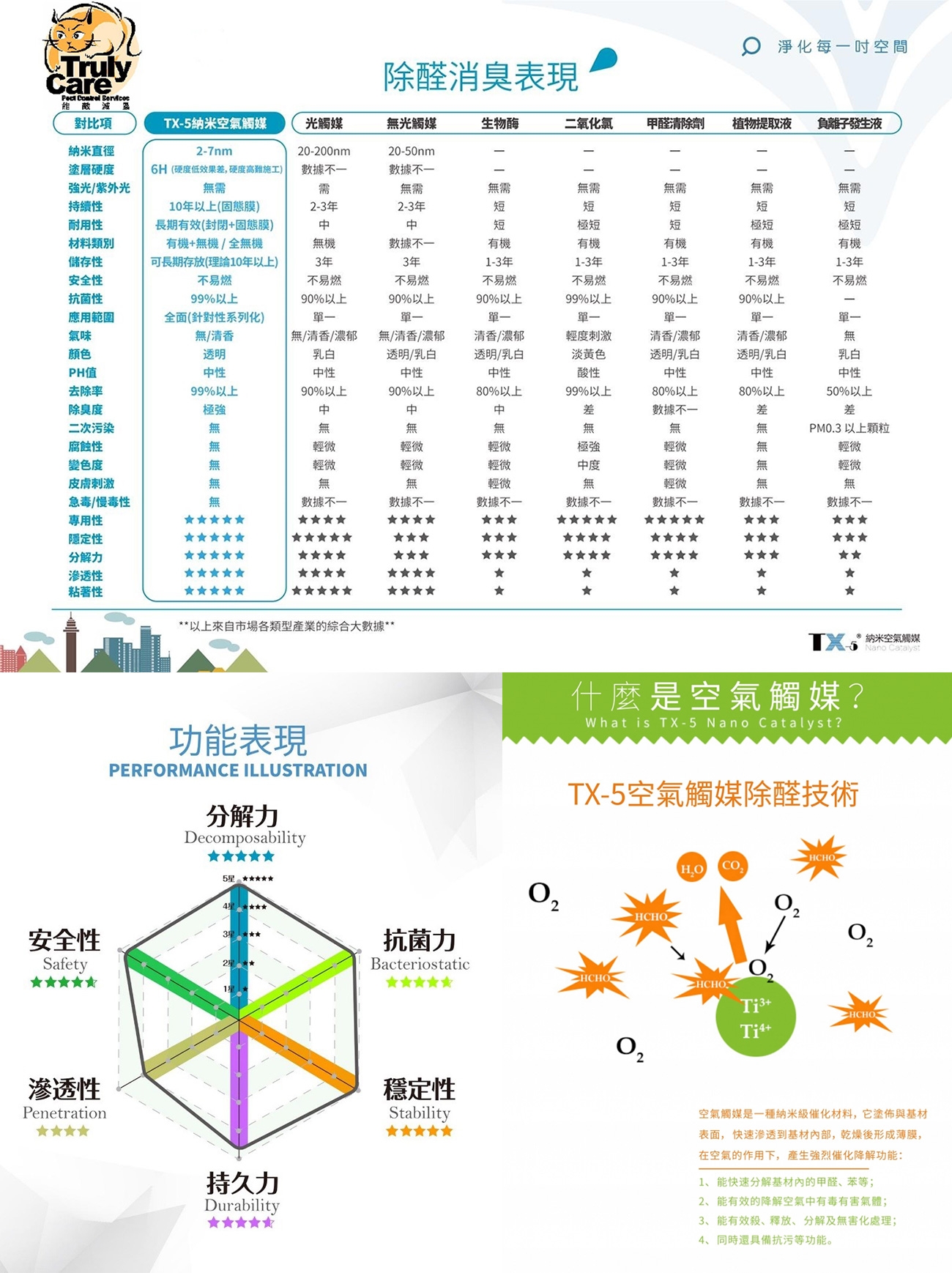
What is Formaldehyde
Also known as formalin, molecular formula: CH2O, HCHO
Formaldehyde is the most common indoor air pollution poison, commonly in newly decorated indoor spaces, adhesives are widely used in furniture, paint, leather goods, soft bags, mattresses, wooden cabinets, most of the building materials (about 3,000 different types) contain formaldehyde, and the main sources are fiberboard, plywood, sound insulation board, styrofoam and other decoration materials. so formaldehyde will be released for a long time, up to more than ten years. Like other air pollutants, formaldehyde releases faster when the temperature is high. In addition to opening windows for ventilation can reduce the concentration of formaldehyde in the space, there are often ineffective or almost ineffective practices in the market. It is recommended to use it carefully. Formaldehyde is the same as other air pollutants. According to the “Guidelines for Indoor Air Quality” issued by the World Health Organization (WHO) in 2010, formaldehyde has been upgraded and listed as the first category of carcinogen, which is equivalent to arsenic, asbestos, and dioxins. , Belongs to the highest level.
Impect of formaldehyde
Formaldehyde has an irritating effect on the skin and mucous membranes, such as the throat and eyes and nasal cavities, causing edema, inflammation, ulceration, and even serious lesions such as nasopharyngeal cancer. Skin that has been in contact with formaldehyde may appear allergic, and in severe cases it may even occur. Lead to hepatitis, pneumonia and kidney damage, immune function abnormalities, etc., long-term exposure to low-dose formaldehyde can cause chronic respiratory diseases, nasopharyngeal cancer, colon cancer, brain cancer, menstrual disorders, and gene mutations in the cell nucleus.
 Japan Technology (TX-5 nano catalyst)
Japan Technology (TX-5 nano catalyst)
We understand the impact of formaldehyde TVOC on human health, especially infants and pregnant women.
The material used to decompose formaldehyde TVOC has always been our most important part. Different construction sites and materials have different needs. After the initial inspection, we will formulate a construction plan. According to different decoration materials and environments, we will select TX-5 series of targeted formaldehyde removal products. For example: Use permeable TX-5 S1 nano catalyst in confined places with high formaldehyde concentration. Therefore, our professional and technical personnel will evaluate the actual construction environment to ensure that the most suitable materials are used for construction.
After the completion of the service, we will also check the formaldehyde HCHO content in the space again to ensure that the construction site meets the WHO safety standard of 0.08ppm.
Truly Care (HK) Ltd. are using TX-5 air catalyst which is a kind of air catalyst developed by nanotechnology. It is specially used in the treatment of air pollution. Its structure is composed of air + catalyst (catalyst). The catalyst has ultra-nano micromolecules with strong oxidation ability. The conduction band electrons and pores generated by the air catalyst after being excited by the air. These electrons and pores react with the water and oxygen adsorbed on its surface to produce hydroxide radicals (OH) with strong oxidizing ability, which can interact with harmful substances in the air (formaldehyde, ammonia, benzene, nitrogen oxides, sulfur oxides, VOCs, etc.) cause oxidation-reduction reactions and decompose organic pollutants into pollution-free carbon dioxide and water. At the same time, the air catalyst also has the functions of antibacterial, sterilization, deodorization, antifouling, hydrophilicity, and UV protection. Generally, air catalyst is called semi-permanent purification material. As the catalyst itself, air catalyst does not directly participate in the reaction, does not volatilize, and does not decompose. As long as a certain temperature, air and humidity can exert its effect, it can play a role for a long time. Generally, more than ten years.
TX-5 Technology
Patent invention number: 201611246449.1
TX-5 nano photooxygen catalyst adopts the latest Japanese formula and is the latest long-term antibacterial product developed. With the preparation of precious metal nanomaterials as the core, it has successfully developed the rapid killing of viruses and bacteria at room temperature without any light source. At the same time, it can efficiently catalyze and decompose formaldehyde into carbon dioxide and water, which is safe and environmentally friendly, without secondary pollution.
TX-5 nanocatalyst can continuously eliminate bacteria in any environment (light/non-light), and the effect can last for more than 6 months. It has passed the friction test and can still exert its disinfection and air purification effects after 10,000 frictions. The sterilization rate is as high as 99%, and it is suitable for the surface of objects without light contact. Ensure that the disinfection effect can still be exerted on objects that do not reach the light. TX-5 air catalyst is based on the prerequisite of not damaging furniture and human body, achieving disinfection and air purification functions, protecting the office, learning and home environment.









